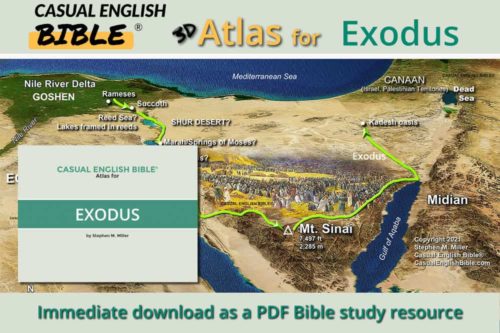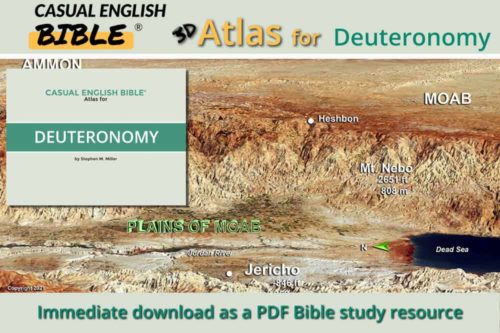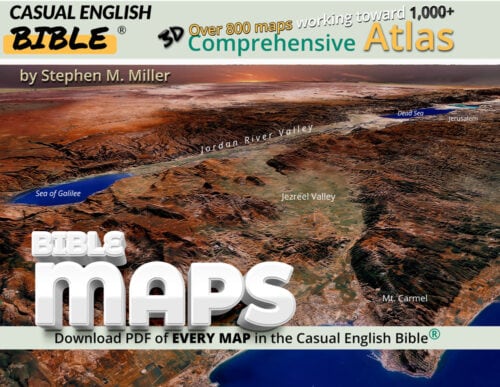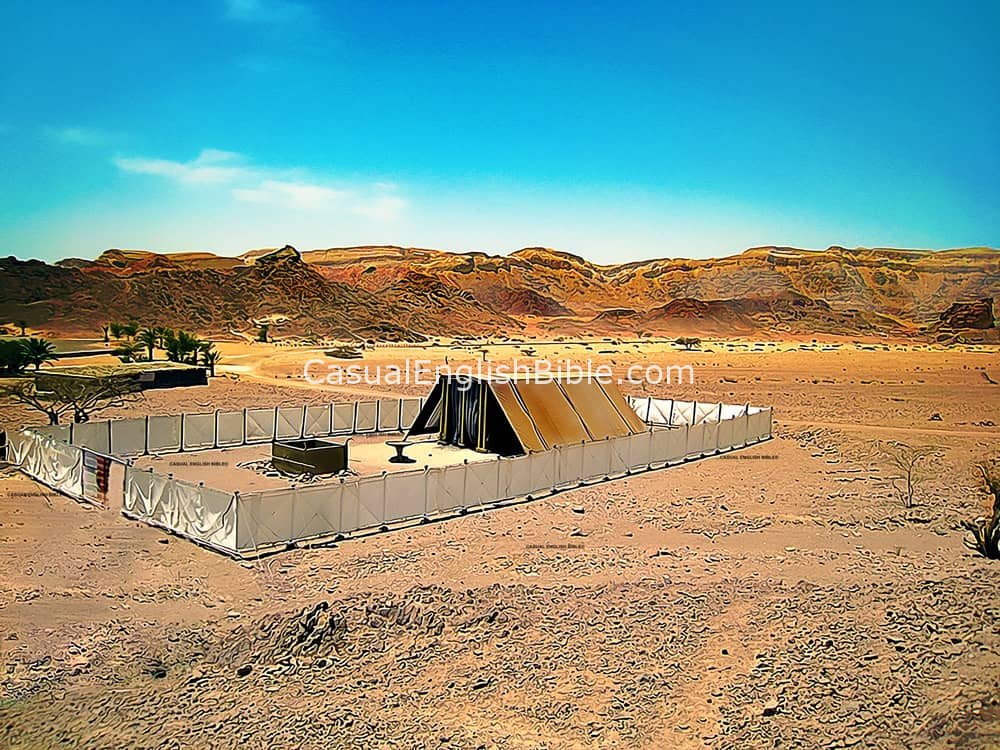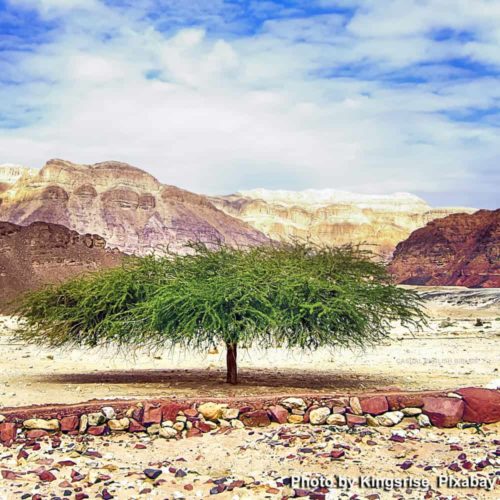Exodus 36
Artisans build tent worship center
Moses stops building fund contributions
1Moses said, “The LORD gave Bezalel, Oholiab, and every other artisan here the know-how and the skill to do what they’ve become experts in doing. And that’s why it’s their responsibility to build the worship center God wants us to have.”2So Moses called on all the skilled workers to get busy. Bezalel, Oholiab, and all other artisans moved by what Moses showed up for work. 3Moses gave them everything the people had donated for the building project. Yet every morning, more people kept showing up voluntarily with additional contributions.
4Overwhelmed with all of these supplies, the workers stopped. 5They went to Moses and said, “Enough. These people have already given us more construction material than we can use to build what the LORD told us he wanted.”
6So Moses put the word out: “We’re not accepting any more contributions for the worship center.” So, Moses stopped the people from giving anything more. 7There was no point in giving more. They already had more than they knew what to do with.
Work zone
8Skilled workers started constructing the worship center, piece by piece. They sewed together 10 curtains, [1] dyed blue, purple, and crimson. Bezalel then embroidered them with angelic beings called cherubim. [2]9All 10 curtains were the same size: 14 yards long and 2 yards wide (about 13 m x 2 m). 10Bezalel used these 10 curtains to make two extended curtains. He did this by linking them together, with five panels in each extended curtain. 11Bezalel then sewed loops of blue thread onto one edge of each extended curtain.
12After he made those 50 loops on each extended curtain, he brought the two curtains together. 13He took 50 golden curtain hooks he made and he used them to link the two extended curtains together, through the loops. This single curtain formed the interior walls of the worship center.
14Next, Bezalel wove 11 curtains of water-resistant goat hair. [3] Sewn together, they would make a tent roof for the worship center. 15All 11 curtains were the same size: each one 15 yards long and 2 yards wide (about 14 m x 2 m). 16He sewed five of those curtains together side by side to make one long roof panel. Then he sewed the other six curtains together to form another long roof panel. 17As he did with the other curtains, he sewed 50 loops onto one edge of each long panel. 18And he made 50 bronze clasps to connect the two long panels into one. 19He finished the tent of the worship center by adding a layer of ram sheepskin and another of top-quality leather. [4]
Framing the worship center
20Next, Bezalel built the acacia wood frame to support the tent worship center. 21Each section stood 15 feet high and 27 inches wide (about 5 m x 1.5 m). 22He added two supporting braces [5] to the bottom of each section.23He made 20 frames to support the curtains on the south side of the worship center. 24And he made 40 silver bases, two for every section of frame. Pegs secured the bases into the frames. 25He made another 20 frames to support the curtains on the north side of the worship center.
26Bezalel made another 40 silver bases, two at the foot of every section of frame on this side of the worship center, as well. 27He made six frames to support the curtain at the back of the worship center, on the west side. 28He made another two sections for the back corners of the worship center. 29He made the corner sections identical. And he made sure they were properly attached from top to bottom. He used a ring attachment at the top.
30When he finished framing the back wall, he had eight sections of framing which rested on silver stands, two stands supporting each section. 31He made five crossbars of acacia wood. He used these to link the five frames for the north side of the worship center. 32He did the same for the five frames at the back side of the worship center, which faced west. 33He made the middle crossbar run the entire length of the back wall. It ran through the middle of each section, from one end of the back wall to the other. 34He covered the frames and crossbars with gold plating. He attached gold rings to each section.
35He made a curtain for the inside of the worship center, to serve as a wall. He wove it with fine linen and dyed it in the colors of blue, purple, and crimson. He assigned a skilled embroiderer to decorate the curtain with pictures of cherubim. 36He hung this curtain from a frame made from four posts of acacia wood, covered in gold. He set the frame on four silver bases.
37He made another curtain for the entrance into the tent worship center. He assigned a master weaver to make it from fine linen, dyed in blue, purple, and crimson. 38He made the frame from five wooden posts covered in gold and anchored in five bronze bases. Gold hooks held the curtain onto the frame.
Footnotes
For the “walls of the tent worship center” (Exodus 26:1).
“Cherubim” is Kerubim in Hebrew. These are winged celestial beings mentioned throughout the Bible. Ancient Middle Eastern creatures with similar names, such as kirubu, reportedly served gods. The creatures were portrayed in statues of beings such as human-headed lions with wings. These statues guarded entrances to cities and palaces. Two cherubim molded from gold rested on the lid of the box that held the Ten Commandments (1 Chronicles 28:2).
Experts in spinning hair and fibers into thread spun goat hair into strings that weavers used to create large panels, which tentmakers stitched together to form a tent. The hair fibers allow air to get inside when it’s hot. The dark colors that herders today still favor absorb the heat when it’s cold. When it rains, the hair fibers swell and produce a water-resistant covering that’s almost waterproof.
It’s unclear what this is made from. The Hebrew word, tahas, can mean the leather of a “sea cow,” presumably a dolphin, or it can mean “fine leather” or “durable leather.”
It’s unclear what the supports are for each section of the frame. Scholars offer guesses such as these: pegs, supportive braces, or tenons that connect into boards with mortises.
Discussion Questions
- Sorry, there are currently no questions for this chapter.



